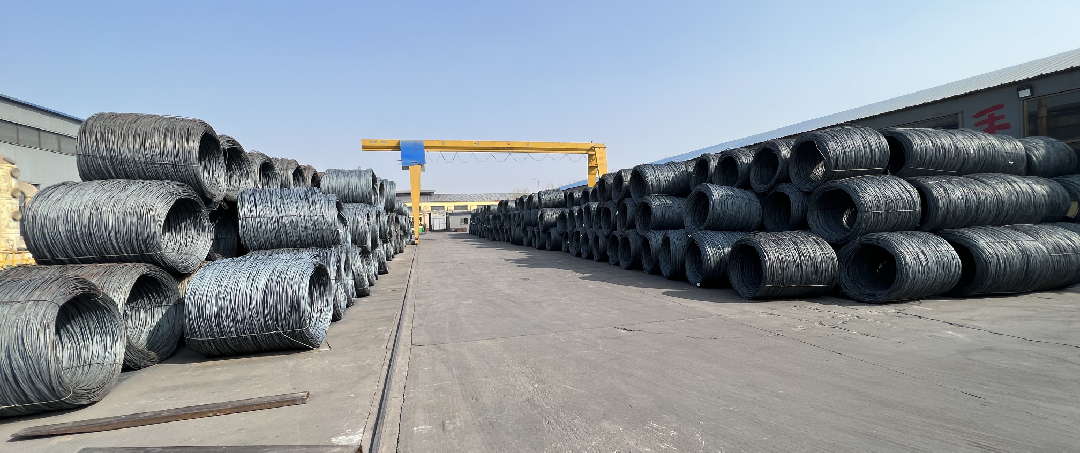hexagonal wire mesh sizes
Understanding Hexagonal Wire Mesh Sizes A Comprehensive Guide
Hexagonal wire mesh, often used for various applications, is recognized for its unique hexagonal pattern and robust construction. This type of wire mesh is widely employed in construction, agriculture, and landscaping, among other fields, due to its versatility and strength. Understanding the sizes available in hexagonal wire mesh is crucial for selecting the right material for your specific needs.
What is Hexagonal Wire Mesh?
Hexagonal wire mesh is created by weaving together wires in a hexagonal pattern. This design provides excellent strength and flexibility, making it suitable for a variety of applications, including fencing, erosion control, and even decorative projects. The mesh is generally made from galvanized steel, stainless steel, or PVC-coated wire, which enhances its durability and resistance to corrosion.
Common Sizes and Mesh Openings
Hexagonal wire mesh comes in a range of sizes, typically measured by the diameter of the wire and the openings of the mesh. Common wire diameters include
- 1.0 mm (18 AWG) - 1.2 mm (16 AWG) - 1.5 mm (14 AWG) - 2.0 mm (12 AWG)
The size of the hexagonal openings can vary, but common dimensions include
- 1 inch x 1 inch - 1.5 inches x 1.5 inches - 2 inches x 2 inches
It's essential to match the wire diameter and mesh opening to the intended use. For example, finer meshes are better for small animals or plants, while larger openings can provide support for heavier materials.
Applications of Hexagonal Wire Mesh
1. Fencing and Enclosures Hexagonal wire mesh is often used in gardens, farms, and residential areas as a durable fencing option that keeps animals in or out.
hexagonal wire mesh sizes

3. Protection for Trees The mesh serves as a protective barrier against wildlife, preventing damage to young trees and plants.
4. Decorative Elements Hexagonal wire mesh is also used in artistic installations, garden trellises, and as an architectural element in buildings.
5. Construction Uses In construction, it is utilized for reinforcing structures and as a substrate for concrete and plaster applications.
Factors to Consider When Choosing a Size
When selecting hexagonal wire mesh, several factors should guide your decision
1. Purpose Identify the main application. Is it for fencing, erosion control, or decorative purposes? Different uses may require different sizes and wire thicknesses.
2. Animal Type If the mesh is intended for keeping animals contained, consider the size of the animals. Smaller animals require smaller openings, whereas larger animals can be contained with larger openings.
3. Environmental Conditions Consider the environmental exposure. For areas with a higher risk of rust or corrosion, opting for galvanized or PVC-coated wire may be advisable.
4. Installation Requirements Some projects may require specific sizes for ease of installation. Make sure to choose a size that fits your installation capabilities and tools.
Conclusion
Choosing the right size of hexagonal wire mesh is fundamental for ensuring its effectiveness in your specific application. By understanding the various sizes available, including wire diameters and mesh openings, you can make informed decisions that enhance the functionality and longevity of your project. Whether you're fencing your garden, controlling erosion, or adding a decorative touch, hexagonal wire mesh offers a reliable and versatile solution. Always remember to consider your specific needs and environmental factors to select the best option for your situation.
-
Space-Saving Chain Fence Hacks Vertical Gardening with Cyclone MeshNewsJul.16,2025
-
Innovations in Iron Nail Wire Production for Modern ConstructionNewsJul.16,2025
-
Creative Uses of Wire Netting Fence in Modern Landscape DesignNewsJul.16,2025
-
Barbed Wire Fence Innovations in Anti-Climb TechnologyNewsJul.16,2025
-
Architectural Uses of Umbrella Nails for Aesthetic Roof DesignsNewsJul.16,2025
-
Architectural Uses of Razor Barbed Wire in Secure Urban DesignNewsJul.16,2025




